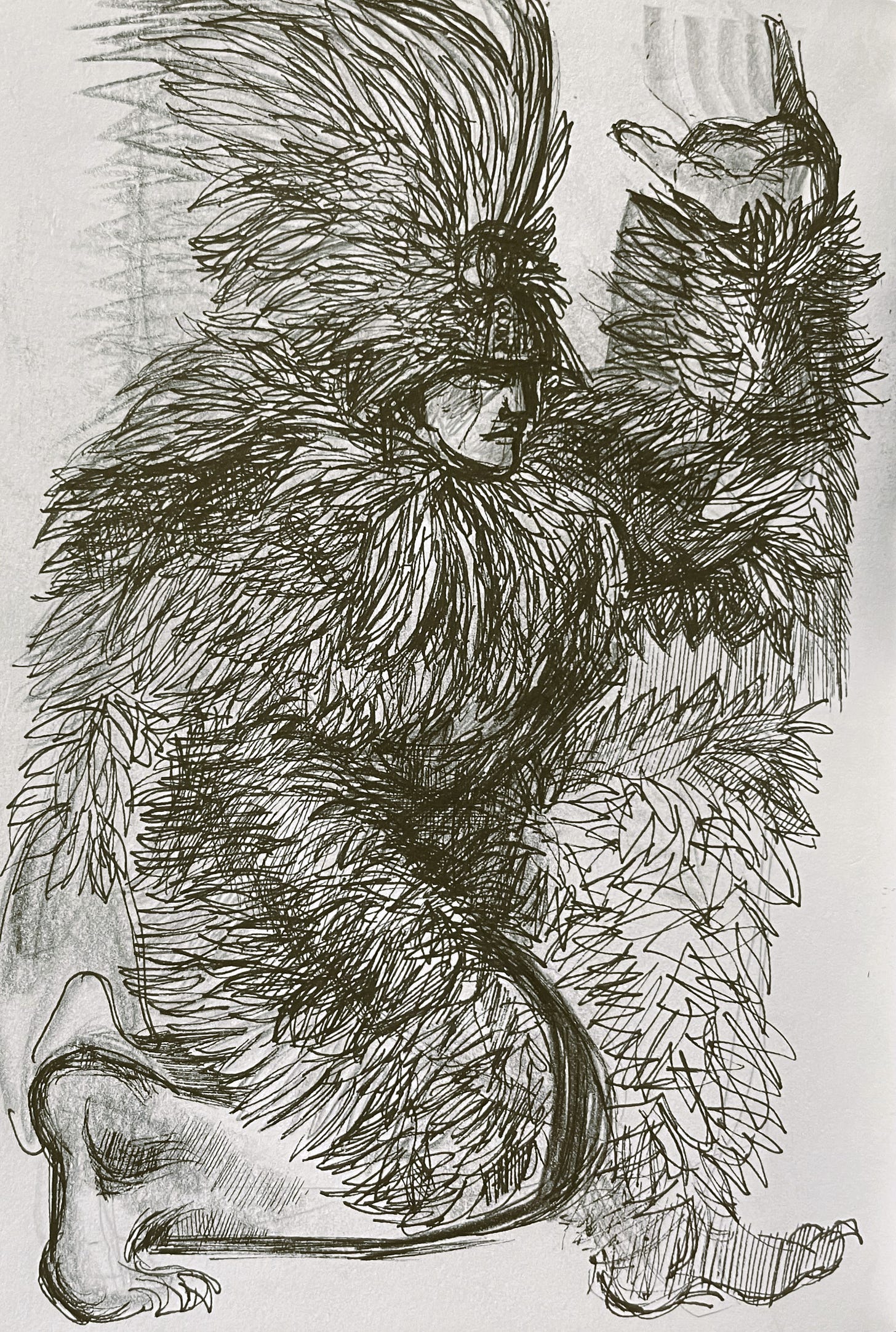PINS - Rule Seventeen: Maps - Special Features
(“When I were a kid it were all houses round here.”)
We’ve said it before; one core element of PINS is the making of maps. Maps of your everyday reality, maps of places that don’t exist and allow you an escape, or maps from places that wake you up in the night in a cold sweat: places that mean you quickly turn on the BBC World Service on the grimy bedside radio, to help you calm down a tad. In the last post we talked of borders - it’s clear that all maps need them. And most maps need features, unless they’re of the moorland around Burnley that stretches over the border to the likes of Todmorden. It’s time to think about the features in your maps for your game of PINS.
It may be germane to amalgamate features over time. For example, from a small rainproof survey book (bound in Green Plainilin, binding “H”, with feints) notated over fifty years ago - the date 26.7.73 and near Gt. Plumpton, Weeton to be precise - we can add the station details as a feature; written down as ‘Station Details No 3’. You can add a circle around the number 3.
Other features from this page are written as: 2 Parapets (both measured from the base, 48’9” Imperial), Rly Bridge, and a long Fence. Nearby, on one side of the fence there is the feature, “Nail in tree”, which runs across the road to a “nail in East Charnel”. Nail in tree. Nail in East Charnel. Wow.
But that’s not all. Some pages later, in 1985, we can add the feature, “1st Declension”, seemingly taken from a Latin Primer. Latin notations, written in black ink from a fountain pen, continue for a few pages.
Reading further, we note that a few sentences have been parsed from Latin. Given what has previously happened in this book, over the last decade of its use, we can see that the features around Gt. Plumpton must have had a Roman character to make the author turn their mind to noting down Latin verbs. Or, something of this survey book (bound in Green Plainilin, binding “H”, with feints) must lend itself to a reinstatement of the Pax Romana mindset in the twentieth century. A gentleman never translates the source Latin to his friends, so here are the translations, verbatim, in common English. You will note their inherent suitability for features on your own maps.
The garden is long.
The gardens are small.
The wolves are in the garden.
There are no wolves in the master’s garden.
There are many wolves in my wood.
My sons do not like wolves.
My son likes not your gardens.
My master’s garden is large.
A large wolf is in the garden my son.
Wolves are in the farmers’ gardens.
Your master does not like wolves.
The master’s son kills the wolf with a long stick.
If you cast your minds back to the various posts on Moves and Orders, you may also see that these translations, especially if kept oblique, can also be valuable information to use in making the orders for a move, or even a PINS order. Wow.
The book with these feature notes will have been carried around in one of the roomy pockets of a voluminous grey, brown, or grey-brown Marks and Sparks coat (Accrington branch, now closed) to other places that themselves can become features.These places are: The Tommy Tucker Chippy on Whalley Road, Clayton Le Moors; Catlows Fruit Market on the corner of Whalley Road and Broadway, Accrington, with its wooden boards and wooden step on which to stand when served; and the whist night at Con Club over the Leeds-Liverpool canal, emblazoned with the graffito, TORYS OUT. Then there’s the drovers wall that dates back to the 16th century, at the town end of Burnley Road. Don’t forget to give the wall an affectionate pat, in recognition of its continual survival in a town much demolished. Other places where this anabasis can occur will be: the outdoor fish market, specifically Bramwells, selling quality Manx kippers; various butchers on Whalley Road, now sold up, lastly on Barnes Street, Clayton Le Moors (you get good eggs, there); the wooden, prefab, post war health centres - one on the corner of St James Street and Cannon Street, now, doubtless, housing some more amenable enterprise and the other, abandoned, on Church Street (near All Saints) Clayton, grotty and dank but still painted a rich blue. Some of these places mark the sightings, conversations, and last moments of people we once knew. All deserve a feature, however you remember them.
We can make other features from memory, too; here we can literally embroider some out of half whispers, lip reading, nods, and the raising of eyebrows at appropriate moments.
There is a house with lace curtains and small ornate brass lights, switched on at all times. Is it really true that one person living there was part of Reinhard Heydrich’s household? We thought the owners just owned a lot of British Commonwealth stamps.
Is there a radio receiver that can pick up shipping signals in the small brick outhouse next door?
Was there really a giant rabbit under the old wooden stand of Accrington Stanley? Similarly, why was the dead kestrel found not so far from there? And is there any trace of the old smelly ash track where the first bicycle was once ridden? These passing moments, maybe whims generated by an overactive mind, can be featured on maps. Wow.
An accompanying post to this Rule, with relevant illustrations, can be found in the Museum of Photocopies.




